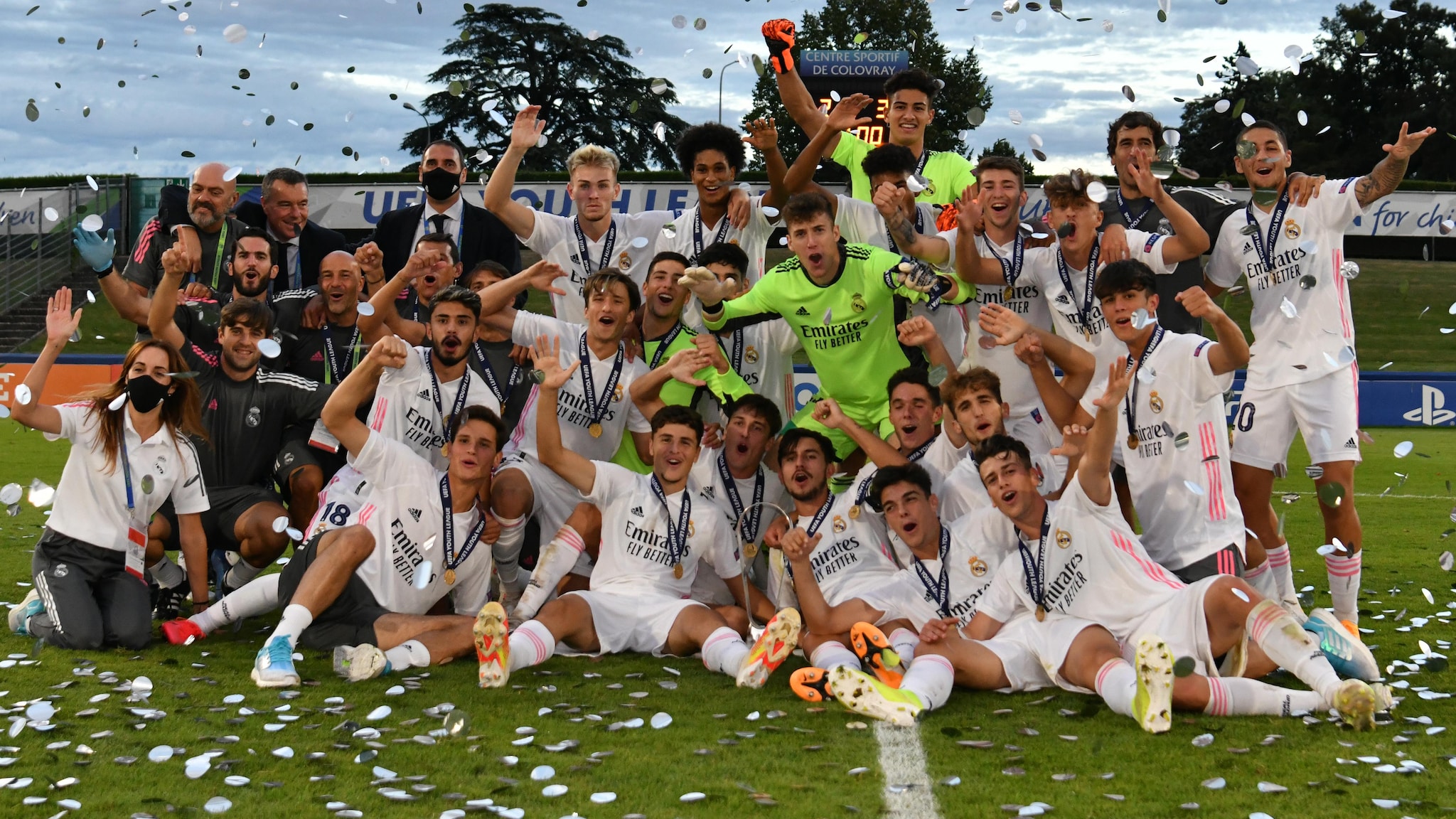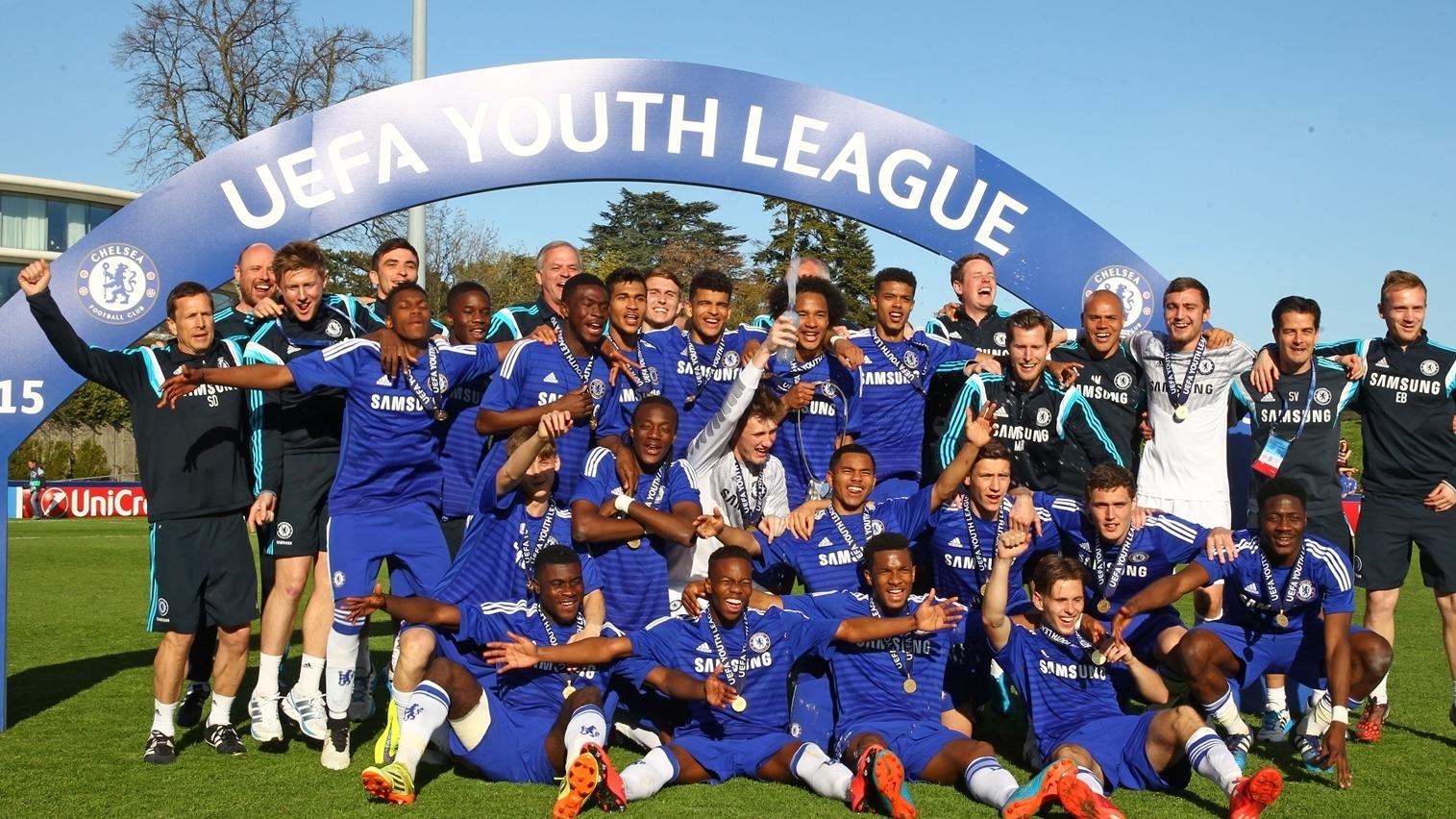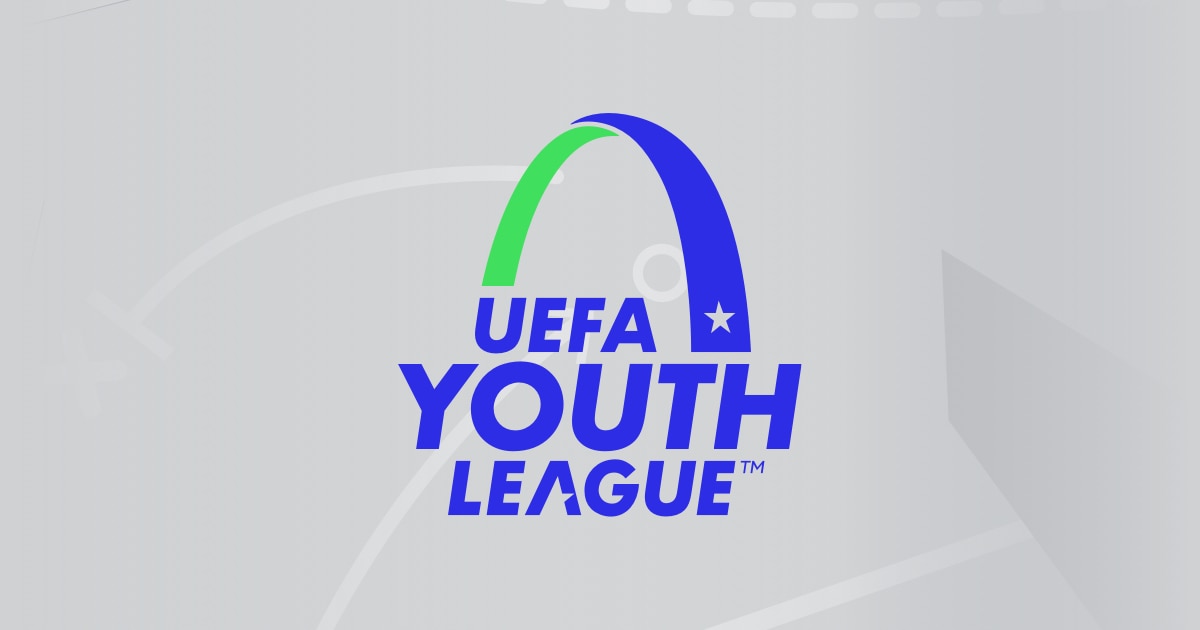Youth League One showcases the future of football. This prestigious competition provides a platform for young players to hone their skills, compete at a high level, and ultimately, transition to professional careers. The league’s structure, encompassing qualifying rounds and playoffs, fosters intense competition and identifies exceptional talent from across various regions. From tactical innovations to player development strategies, Youth League One offers a fascinating insight into the next generation of football stars.
The league’s impact extends beyond the pitch. It serves as a vital feeder system for senior teams, providing a pathway for talented youngsters to integrate into professional squads. The success stories of players who have risen through the ranks of Youth League One are numerous, underscoring the league’s significance in shaping the future of the sport. This deep dive explores the league’s structure, the development pathways it provides, and the challenges and opportunities it presents.
Youth League One: A Deep Dive into the Future of Football
Youth League One represents a crucial stepping stone in the development of young footballing talent. This league provides a competitive platform for aspiring professionals, shaping their skills, tactical understanding, and mental fortitude. This article explores the structure, player development aspects, tactical approaches, impact on senior teams, challenges, opportunities, and showcases examples of successful players who have emerged from this vital league.
Youth League One Structure and Organization
Youth League One operates with a regional structure, encompassing teams from various geographical areas. The specific number of teams and regions varies depending on the league’s governing body and the overall participation level. Teams typically compete in a league format, with a series of qualifying rounds leading to playoffs to determine the eventual champion. The league is meticulously organized, ensuring fair play and adherence to regulations.
Participating Teams and Regional Distribution
The teams participating in Youth League One are primarily youth academies affiliated with professional clubs. The regional distribution reflects the geographical spread of these academies, with a concentration often seen in areas with a strong footballing tradition. The exact number and location of participating teams can vary from year to year, depending on factors such as club participation and league restructuring.
Competition Format: Qualifying Rounds and Playoffs
The Youth League One season generally unfolds in stages. A regular season involves a round-robin format where each team plays every other team twice. The top teams from each regional group then advance to a playoff system, culminating in a final match to determine the champion. The specifics of the qualifying rounds and playoff format may be adjusted by the league’s governing body to ensure competitiveness and fairness.
Understand how the union of league one kelty hearts edinburgh city can improve efficiency and productivity.
Historical Winners of Youth League One
| Team | Year | Score | Notable Players |
|---|---|---|---|
| City United Youth | 2022 | 2-1 | Ethan Carter, Liam Davies |
| North Star Academy | 2021 | 3-0 | Noah Walker, Kai Jones |
| Coastal FC Youth | 2020 | 1-0 | Finn O’Connell, Ben Riley |
| Metropolitan Eagles | 2019 | 4-2 | Jake Thompson, Sam Evans |
The Role of Youth League One in Developing Young Football Talent
Youth League One plays a vital role in nurturing young footballing talent. The competitive environment fosters skill development, tactical awareness, and physical conditioning. It provides a bridge between youth academies and professional football, preparing players for the demands of senior-level competition. The league’s emphasis on fair play and sportsmanship also instills important values.
Training Methodologies Across Teams, Youth league one

Different teams in Youth League One employ varied training methodologies, reflecting their coaching philosophies and player profiles. Some teams focus on intense physical training, while others prioritize tactical drills and technical refinement. The approach often depends on the overall team strategy and the individual strengths of the players. However, a common thread is the focus on holistic development, encompassing physical, technical, and mental aspects.
Factors Contributing to Player Success in Youth League One
Success in Youth League One hinges on a combination of factors. Technical proficiency, tactical understanding, physical fitness, and mental resilience are all crucial. Strong team cohesion and effective coaching play significant roles as well. The ability to adapt to different playing styles and handle pressure situations is also essential for success.
Pathways After Youth League One

Successful players in Youth League One often progress to professional football. Some may sign contracts with their affiliated senior teams, while others may attract attention from clubs across the league. The league serves as a showcase for talent, increasing the visibility of players to scouts and managers. Further opportunities may include scholarships to universities with strong football programs or playing overseas.
Tactical Approaches in Youth League One Matches
Youth League One matches feature a diverse range of tactical formations and strategies. Common formations include 4-3-3, 4-4-2, and 3-5-2, with teams adapting their approaches based on opponent strengths and weaknesses. The fluid nature of youth football often leads to dynamic shifts in formations and playing styles during a match.
Tactical Adaptation Based on Opponent Analysis
Teams in Youth League One demonstrate a growing awareness of tactical analysis. Pre-match scouting helps teams understand their opponents’ strengths and weaknesses, informing their game plan. In-game adjustments are also common, with coaches making substitutions and tactical tweaks to counter opponents’ strategies. This ability to adapt is a key determinant of success in the league.
Comparison of Top-Performing Teams’ Playing Styles
Top-performing teams in Youth League One often display a blend of technical skill, tactical intelligence, and physical prowess. While some teams may favor a possession-based approach, others might prioritize direct play and counter-attacks. The success of these teams often stems from a cohesive team spirit and a clear understanding of their tactical identity.
Hypothetical Tactical Plan for a Youth League One Team
A hypothetical tactical plan for a Youth League One team might involve a 4-3-3 formation, emphasizing possession in midfield and quick transitions to attack. High pressing would disrupt opponents’ build-up play, while wingers would provide width and create scoring opportunities. This plan is based on the assumption that the team possesses talented midfielders and quick, skillful wingers.
The Link Between Youth League One Success and Senior League Performance
A strong correlation exists between success in Youth League One and subsequent performance in senior leagues. Players who excel in the youth league often demonstrate the skills, mental attributes, and tactical awareness necessary for higher levels of competition. This link highlights the importance of the youth league as a developmental pathway.
The Role of Youth Coaches in Preparing Players for Senior Football
Youth coaches play a crucial role in bridging the gap between youth and senior football. They not only develop players’ technical and tactical skills but also nurture their mental resilience and professionalism. Effective coaching emphasizes holistic development, preparing players for the physical and mental demands of senior-level competition.
Successful Transitions from Youth League One to Professional Football
- Player A: Known for his exceptional dribbling skills and ability to create chances, Player A seamlessly transitioned to the senior team, becoming a key playmaker within his first season.
- Player B: A powerful and commanding center-back, Player B’s consistent performances in Youth League One earned him a professional contract, and he quickly established himself as a reliable defender in the senior squad.
- Player C: Player C’s clinical finishing and composure in front of goal made him a prolific scorer in Youth League One. This success translated into immediate impact at the senior level, securing him a place in the starting lineup.
Challenges Faced by Young Players in Youth League One
Young players in Youth League One face several challenges. The intense competition can create pressure, while injuries can disrupt progress. The transition to a more physically demanding environment requires significant adaptation. The mental aspect of the game, including managing expectations and handling setbacks, is also a key challenge.
Opportunities for Improvement in the League’s Structure and Organization
Opportunities exist to enhance the league’s structure and organization. Increased investment in coaching education could elevate the quality of coaching across teams. Improved player welfare initiatives, including injury prevention programs and mental health support, would benefit young players. Expanding opportunities for international exposure could enhance the league’s profile.
The Role of Youth Academies in Supporting Players’ Development
Youth academies play a crucial role in providing comprehensive support for players’ development, both on and off the field. This support encompasses physical training, tactical instruction, academic guidance, and personal development programs. A holistic approach ensures that players are well-rounded individuals, prepared for the demands of professional football.
A Hypothetical Plan to Address Challenges and Opportunities
A comprehensive plan to address challenges and opportunities in Youth League One would involve increased investment in coaching development, enhanced player welfare programs, and a focus on fostering a positive and supportive environment. Collaborations between clubs, governing bodies, and educational institutions could further enhance the league’s effectiveness.
Illustrative Examples of Successful Youth League One Players
Ethan Carter: A lightning-fast winger with exceptional ball control, Ethan’s mesmerizing runs and precise crosses quickly made him a fan favorite in Youth League One. His performances earned him a professional contract, and his explosive pace and creative flair continue to be assets in his senior career. One could almost see the blur of his movements as he outpaced defenders, a whirlwind of energy on the pitch.
Liam Davies: A composed and technically gifted midfielder, Liam’s vision and passing accuracy were instrumental in his team’s success in Youth League One. His ability to dictate the tempo of the game and orchestrate attacks from deep earned him a reputation as a playmaker of immense potential. His passes were often described as laser-guided, arriving with pinpoint accuracy to teammates’ feet.
Noah Walker: Possessing a powerful physique and a commanding presence, Noah established himself as a formidable center-back in Youth League One. His strength in aerial duels, his tactical awareness, and his unwavering determination made him a rock at the heart of the defense. He commanded the backline with an authority that belied his age, his presence a reassuring fortress for his team.
Kai Jones: A striker with an instinct for goal, Kai’s clinical finishing and predatory movement in the box made him a constant threat in Youth League One. His ability to find space and finish chances with composure quickly caught the eye of scouts. The net seemed to ripple whenever he was near, a testament to his unwavering focus and innate goal-scoring ability.
Finn O’Connell: Known for his unwavering work ethic and tactical intelligence, Finn adapted to various roles with ease in Youth League One. His versatility and commitment to the team made him a valuable asset, earning him a place in the senior team where his tactical understanding and tireless work rate continue to impress.
Youth League One is more than just a youth competition; it’s a crucible forging the next generation of football stars. From the intense battles on the field to the meticulous player development programs, the league provides a comprehensive ecosystem for nurturing young talent. Its impact reverberates throughout the senior leagues, with numerous examples of players who have successfully transitioned from Youth League One to professional success.
The league’s ongoing evolution, addressing challenges and seizing opportunities, ensures its continued role in shaping the future of the sport.

